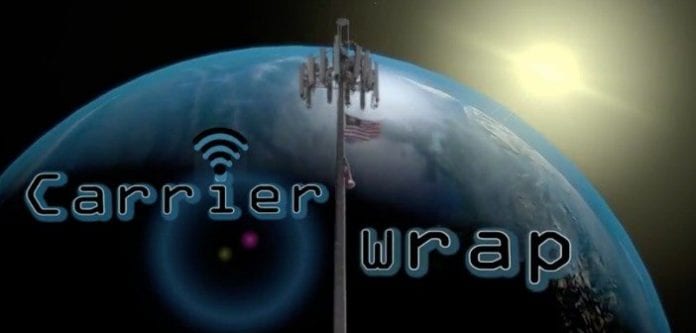The internet of things (IoT) is a broad term that covers a multitude of connectivity types, sensors and vertically-tailored applications. But, at a high level, the IoT is all about connecting previously “dumb” objects in order to data that can be analyzed to optimize virtually any type of function. As technologies like machine learning and artificial intelligence are incorporated into the IoT device ecosystem, data can be used to automate processes as diverse as route planning for delivery drivers or knowing the best time to harvest crops.
To get a better understanding of this technology and how it applies to the IoT, let’s start by distinguishing between machine learning and artificial intelligence.
Machine learning
Reza Zadah, CEO of Matroid, which is working with Intel on computer vision applications, explained machine learning and deep learning, which is a subset of machine learning. “Machine learning,” he said, “is this idea of marrying algorithms and statistics, learning from data…So we build these algorithms that have lots and lots of numbers that we don’t know how to set, and then we set those numbers by looking at data. That’s the general machine learning task.”
Matroid uses machine learning to inform computer vision; the company’s product automatically monitors video to detect images a user has selected. While not a traditionally IoT function, computer vision, and the machine learning behind it, has broad implications for IoT. In a smart city, for instance, computer vision could be used to allow police and public safety systems to automatically detect a person of interest. In the context of manufacturing, computer vision could be employed to conduct quality checks of finished products–turning over a manual task to a camera connected to on-premise or cloud-based software.
Another machine learning application is the Google Translate app, which last year was refined to translate entire sentences rather than phrases within sentences. Google Translate Product Lead Barak Turovsky characterized the upgrade as “neural translation…Of course there’s lots of machine learning magic power this under the hood…This makes for translations that are usually more accurate and sound closer to the way people speak the language.”
Artificial intelligence
Artificial intelligence, unlike machine learning, intends over time to create computer programs capable of thinking about complex situations in the same way humans make decisions. AI leader DeepMind, which was acquired by Google in 2014, is developing software that is capable of navigating based on visual references among other projects.
In a recent blog post on the subject, DeepMind research scientists Piotr Mirowski, Raia Hadsell and Andrew Zisserman likened the goal to how children visually navigate to their friends house or a neighborhood grocery store. “Our approach…is to learn to navigate has humans used to do, without maps, GPS localization, or other aids, using only visual observations. We build a neural network agent that input images observed from the environment and predicts the next action it should take in that environment. We train it end-to-end using deep reinforcement learning.”
Researchers from PWC, in a paper titled “Leveraging the upcoming disruptions from AI and IoT,” see AI eventually enabling widespread automation of low-skilled jobs, ideally leading to higher productivity for high-skilled workers. As it relates to connected devices utilized by enterprises and industries, the authors write that AI is “rapidly becoming indispensable to IoT solutions. The core components of IoT–connectivity, sensor data and robotics–will ultimately lead to a requirement for almost all ‘dumb’ devices to become intelligent. In other words, the IoT needs smart machines. Hence the need for AI.”
The convergence of AI and IoT can be attributed to six primary factors, according to PWC.
- Decreasing compute, memory and storage prices
- OT/IT convergence
- Cloud-based big data analytics
- Growing number of devices
- Decreasing data transport costs
- And increased investment
This idea of combining complementary technology sets connected wirelessly over 5G networks is something Nokia CTO and President of Nokia Bell Labs Marcus Weldon discusses somewhat regularly. He provided an apt summary during an address at the SCTE/BISE Cable Tec Expo two years ago. “One of the reasons we’re excited about the future is we think the future is nothing like today. We’re going to build a new network architecture. The point of the future is still about entertaining people, but it’s equally about changing our world by instrumenting everything. You can automate all mundane tasks. It’s to create time. My first task is to create time.”

